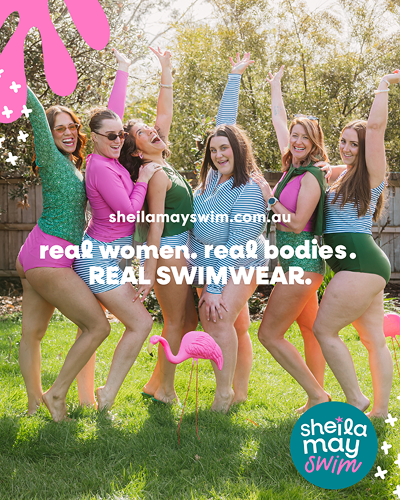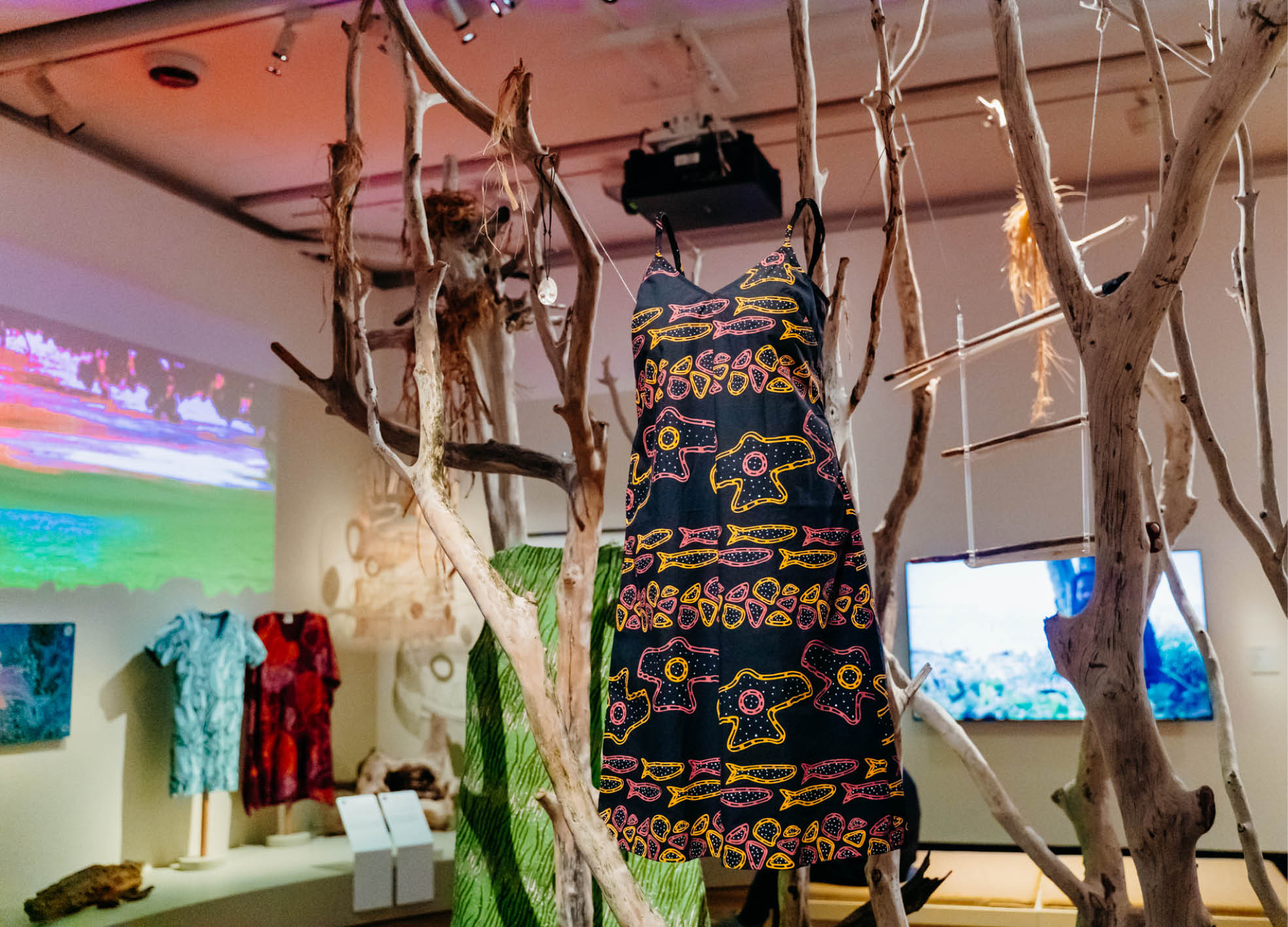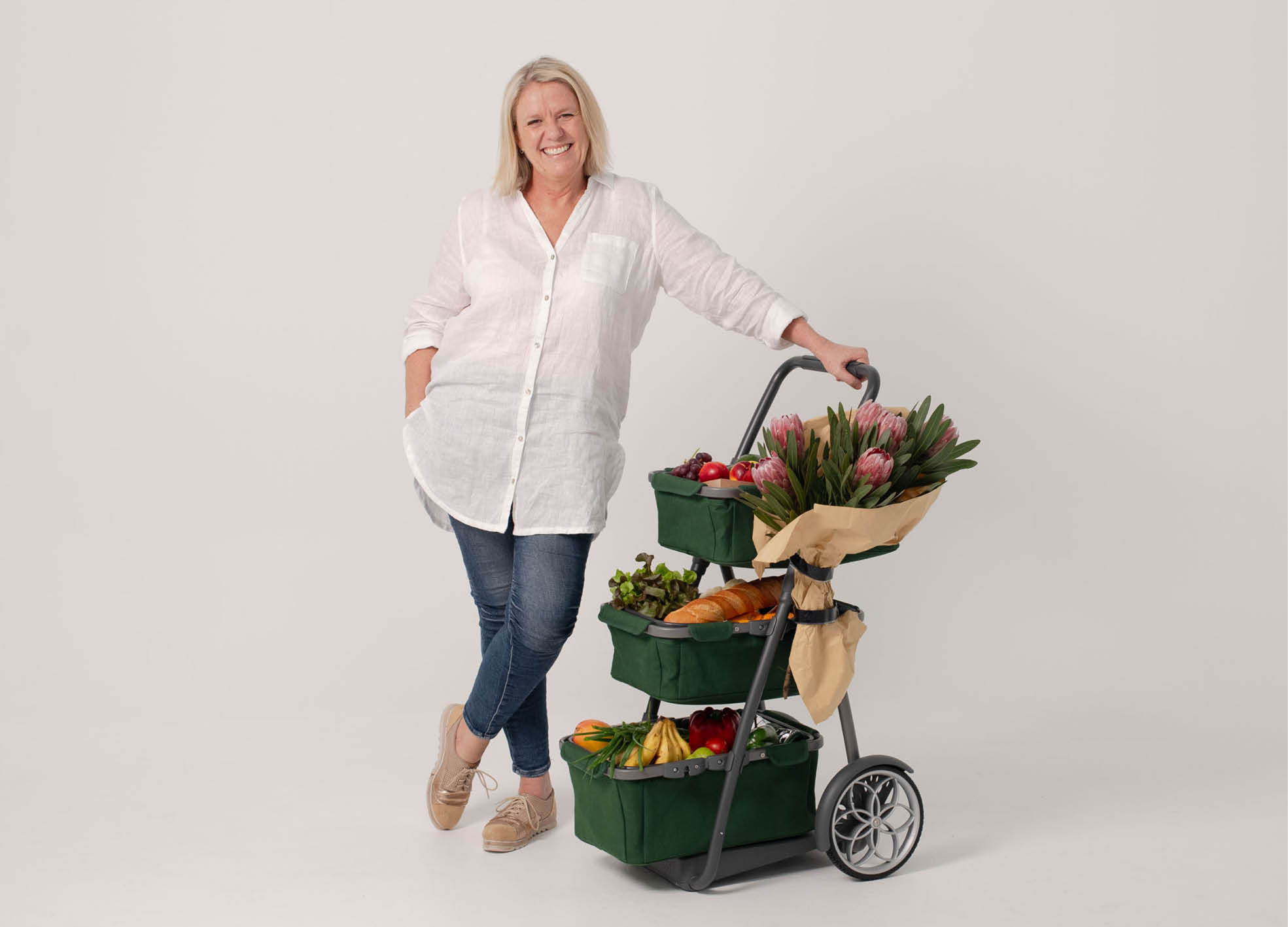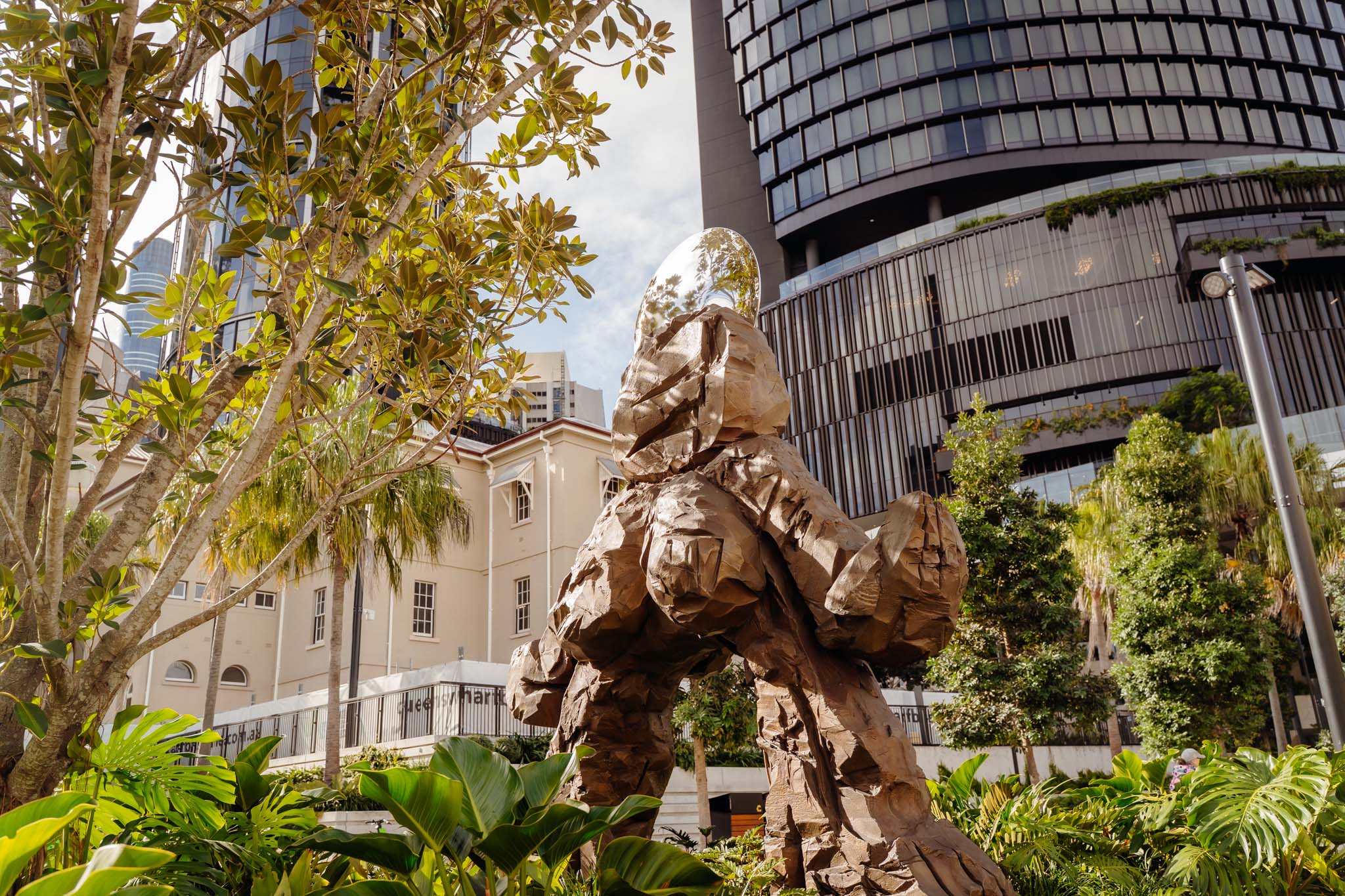Depop Generation: How the Rise of Resale Is Changing the Way We Shop

- Words by Peppermint
words WALTON WONG
The online resale industry is predicted to explode over the next five years – almost tripling its worth – thanks to apps like Depop. But as it grows ever popular with Generation Z, it brings with it issues rooted in gentrification, as Walton Wong explores.
Depop – the trendy, secondhand e-commerce app you’re likely to have encountered online – combines the best facets of Instagram, Pinterest and eBay, all while providing consumers with an ethical way to shop.
Offering the social aspect of Instagram (with the ability to follow and interact with your favourite creators), the aesthetics of Pinterest and the purchasing power of eBay, the app is a popular, entertaining and unique way of shopping that fashion-forward teens have embraced with gusto.
And it’s not surprising – as the internet has grown up, so too has the generation that was raised alongside it. Born into the age of Instagram, TikTok and Twitter, Gen Z have witnessed content and trends moving fast and fashion moving even faster. In one second, something can be hot and the next it’s not. But as more and more are realising, this fast-paced, consumer-driven cycle promotes overproduction, frequent consumption and short-lived garment use… and it’s just not sustainable.
Historically, fashion trends could last up to a decade with most major brands dropping four seasons per year – corresponding with the actual seasons. In recent years, however, trend cycles have drastically condensed as fast-fashion brands produce clothes at lightning-fast rates, making multiple drops in a single month.
In recent years, however, trend cycles have drastically condensed as fast-fashion brands produce clothes at lightning-fast rates, making multiple drops in a single month.
The fact that this swing shows no sign of slowing down, coupled with growing scrutiny of the ethical and environmental impact these polluting supply chains have, many Zoomers have started to search for different ways of being fashion-forward – while also being more sustainable.
Although buying solely from sustainable brands may be a great sentiment, size inclusivity is often problematic, the price point is high and the aesthetics can leave something to be desired by the Gen Z eye. So, they’ve started buying secondhand, causing apps like Depop to skyrocket in popularity.
Trawling through Depop for secondhand goodies can be a much more ethical and sustainable way to shop, but it’s also a privilege. Once upon a time you could walk into your local Vinnies or Salvos to find a cute outfit. And while this is still possible, the chances of finding an outfit at a reasonable price is getting harder and harder. Price aside, finding something name-brand, well-made or trend-driven is even harder. And this is becoming more and more common as Depop sellers around Australia (and the world) bulk buy the better pieces and resell them on the app for upwards of five times their original value.
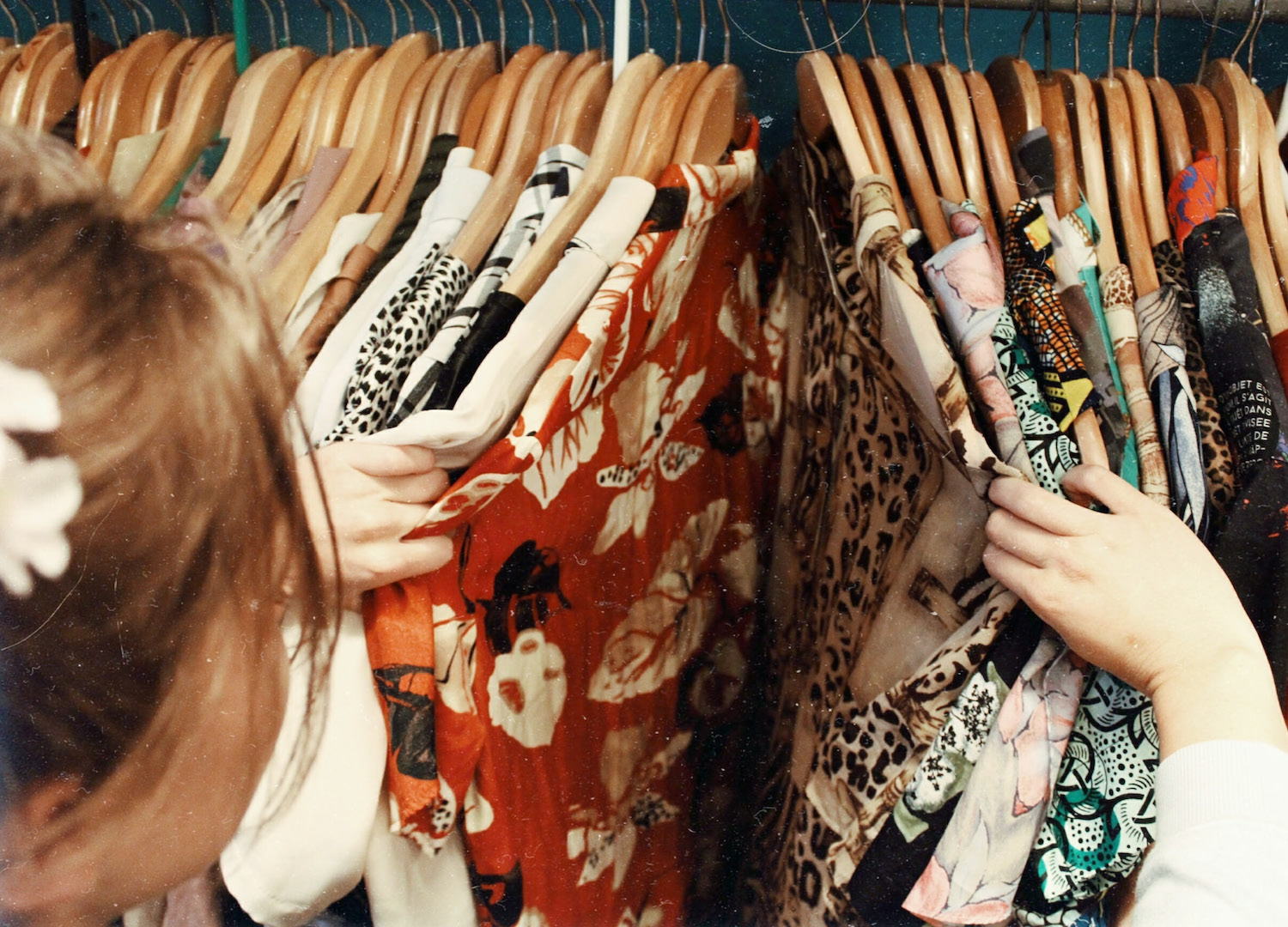
photo VIA UNSPLASH
It’s a big issue, especially since thrift shopping for low-income families isn’t a choice, it’s a necessity. These price hikes have essentially gentrified thrift stores, making them inaccessible to the people who have always relied on them.
Unsurprisingly, many garments making their way into thrift stores today are near new. They’re also typically from fast-fashion brands who simultaneously manufacture garments that aren’t built to last and use materials like polyester that take up to 200 years to decompose. And when you consider that a staggering 330,000 tonnes of textiles are imported into NSW each year, and about 305,000 tonnes are discarded, with only 800 tonnes recycled, that’s a lot of plastic.
Only a few years ago, Australians consumed 23 kilograms of textiles per person, per year, but with fast-fashion brands ruling our sartorial world, that number has increased to almost 31 kilograms. In addition, 240,000 tonnes of textiles go into landfill each year, and only 62,000 tonnes are exported for reuse by charities – bringing with it its own issues overseas. It’s clear that Aussie eyes have grown too big for their wardrobes, many throwing away near-new garments to make room for more clothes.
It’s no wonder why the generation that will inherit the Earth are choosing to shop secondhand on apps like Depop. Yes, Depop has its detractors but at the end of the day, shopping secondhand is still, arguably, the most sustainable way to shop (other than, obviously, not shopping at all).
The resale of preloved items is expected to grow from $15 billion to $47 billion by 2025, overtaking traditional thrift and donation.
Through apps like Depop, clothing is being circulated in a more sustainable and valued way. It allows consumers to reduce their environmental footprint; it provides small business owners with the opportunity to gain income without the outlay of a bricks-and-mortar store; and it provides the average person the means to make some extra pocket change from their preloved, one-of-a-kind, vintage, upcycled or self-made goodies. But most importantly, the reason the app has risen to the top, and why users continue to come back, are the buyers and sellers on the platform who’ve created a community that’s innovative, exciting and passionate about making fashion more sustainable while still looking fabulous.
So, while simply shopping through these apps isn’t going to change the fashion industry overnight, it is a step in the right direction and potentially the way of the future. They’re paving the way for exponential industrial growth. According to the latest thredUP Resale Report, the resale of preloved items is expected to grow from $15 billion to $47 billion by 2025, overtaking traditional thrift and donation. The report goes on to say over 36 million people resold clothes in 2020 for the first time and 33 million people bought secondhand apparel for the first time.
If you’re one of those people who are yet to take the plunge, Depop can be daunting. Here are a few tips to get you started:
- Only buy clothes you really want now and you’ll wear for years to come – always ask yourself, “Do I really need this?”
- Make use of filters: minimise the time you spend searching for things.
- Buy from local sellers, and if safe and possible, try to use the ‘pick up’ option to reduce your carbon footprint through postage.
- Try to avoid impulse purchases: just because it’s secondhand or a seller is having a sale, doesn’t mean you have to buy.
- Many “designer” items on these sites may not be genuine: always ask the seller for clear photos of the labels/receipt and details that might indicate its authenticity.
- Beware of sellers selling items firsthand: a lot of those are wholesalers who mark things up, which is not sustainable.
Happy Depoping!
JOIN OUR MAILING LIST
Brighten up your inbox with our not-too-frequent emails featuring Peppermint-related news, events, competitions and more!
explore
More articles
When you hang a painting on a wall, the story stays put. But when you wear a beautifully made garment that may as well be a piece of art? The story travels. It moves through the world with you –…
We all do it: fire up the car for a 5-minute drive to pick up groceries, drop off sewing supplies, or run a quick errand…
Here’s a question: who decided that natural fibres aren’t a great fit in activewear? For Geraldton mum-of-four Jade Payne, that question became paramount after a…
Fancy a getaway in a heritage building that was once a hospital, an orphanage AND a school in a previous life? Despite what your initial…
When the algorithm gods reward dance trends over hand-thrown ceramics, and building a website feels more stressful than a tax return, where’s a maker to…
Time-travelling lungfish floating in a mosaic of glass tiles, a four-breasted female empowerment goddess cast in bronze, and a striking botanical sculpture spanning 15 metres,…
Hang out with us on Instagram
“Crafting is something that has come naturally since I was small and I just haven’t stopped. When I was smaller, I was interested in the end result. As I’ve gotten older, I realise it’s the process that keeps me coming back to craft. It’s a meditative state for me and I find the repetitive action of the stitching and felting quite therapeutic.”
Craving a world filled with warmth and whimsy? It’s all in a day’s work for textile artist @Cat_Rabbit, whose latest book, ‘Trinkets’, is bursting with felty food friends to make and cherish. Cat invited us into her universe, filled with cheeky characters, layered storytelling and loads of humour.
Plus: try the super sweet pattern for Cat’s Lucky Pickle, perfect to make as a stocking stuffer, extracted from Trinkets.
Read more from our ‘Just felt right’ feature in Issue 64, at newsagents and stockists now!
Photos: Tatanja Ross @On_JacksonStreet and Cat Rabbit
#PeppermintMagazine #CatRabbit #LuckyPickle #Craft #Crafting #Felting #FeltCrafts #Trinkets #ChristmasDecorations

Our hearts go out to everyone impacted by the Bondi Beach violence, especially the Jewish community. Also to the beachgoers, those who bravely helped and the first responders.
While it`s easy – and understandable – to get caught up in the horror of it all and direct anger at certain groups, remember this quote from teacher and author Erin Gruwell: "Don`t let the actions of a few determine the way you feel about an entire group."
“You don`t fight racism with racism. You fight racism with solidarity," said Bobby Seale of the Black Panthers. And solidarity is exactly what we need right now.
If you are feeling overwhelmed, you are not alone. Remember there is much more kindness in the world than hate. ❤️🩹
@LifelineAustralia has created a Bondi Beach Incident: Wellbeing support guide, where you’ll find information about common reactions, reassurance that what you’re feeling is valid, and ideas for taking care of your wellbeing.
https://lifeline.org.au/bondi-incident
You can also call Lifeline on 13 11 14, text on 0477 13 11 14 or chat at lifeline.org.au/crisis-chat anytime, no matter how this has impacted you.
@BeyondBlueOfficial is also available with free 24/7 support by phone on 1300 22 4636 or webchat at https://www.beyondblue.org.au/
Register.Find.Reunite. has been activated by @RedCrossAu to help people reconnect with family and friends. Visit redcross.org.au to access the service.
@NSWPolice Public Information and Inquiry Centre (PIIC) is operating 24/7 on 1800 227 228 for information relating to people impacted.
@LifeBloodAu is supporting Sydney hospitals. O- and O+ blood are always in high demand in emergencies. To donate (from anywhere in Australia – all states are welcome and helpful!) call 13 14 95 or use the Lifeblood app.

Just a reminder… from @SugarHouseCeramicCo
This holiday season be kind, patient and shop local!
#ShopSmall #ShopLocal #SupportSmallBusiness

✨️ Our website is getting a glow-up! ✨️
Sorry for the inconvenience but it will be offline for a few days. You can still purchase subscriptions (perfect for chrissy presents!) via the links on the holding page.
Last year we were extremely excited to receive funding from the Meta Australian News Fund, in partnership with the Walkley Foundation. The result of this is a fabulous new website, with a sustainable fashion and sewing directory that will follow early next year. We`ve worked with the lovely Amy and Jenny at @CrumpetClubHouse who have been making the magic happen – we can`t wait to show you the outcome! ✨️
In the meantime, please get in touch if you need help with anything – hello@peppermintmag.com
We`ll see you on the other side! 🌈

🎀 12 DAYS OF XMAS GIVEAWAYS 🎀
🎄On the 12th day of Christmas, we’re giving away… a GREENPAN FROST ICE CREAM & FROZEN DRINK MAKER! 🎄
Ice, ice, baby! Calling all kitchen magicians and dessert devotees: it’s time to churn, blend and devour your way to frozen heaven. It’s our final giveaway – and hoo girl, it’s a goodie! Thanks to the clever folks at @TheOriginalGreenPan.Anz, one reader will cool their mitts on the Frost Ice Cream & Frozen Drink Maker – perfect for conjuring up home-made gelato, sorbet, smoothies, slushies and more!
Valued at $599, the Frost Ice Cream & Frozen Drink Maker is designed with GreenPan’s signature Thermolon™ ceramic non-stick coating, so you can whip up summer-ready sweet treats free of PFAS, PFOA, lead and cadmium.
To snag this frosty prize, follow @TheOriginalGreenPan.Anz and tag a friend in the comments below before midday AEST 15 December! (Australian and New Zealand addresses only, please.) Good luck!
Update: The lucky winner of our final giveaway is @just__for__van - congrats! We`ll dm to get your details. Well done! 🎉
#PeppermintMagazine #12DaysOfChristmas #12DaysOfGiveaways #GreenPan

Oh hey 👋🏼 Just a little reminder that our subscriptions are sent in paper envelopes, which is a bit of a rarity in our industry. 💅🏼
If you need more reasons to subscribe, how about these:
💌 Enjoy a new issue arriving in your letterbox every six months.
💌 Subscribers exclusively receive FOUR digital sewing patterns per year!
💌 You’ll be the first to get your hands (and needles) on our patterns with early access.
💌 Get a 20% discount code on back issues of Peppermint so you can start your collection today!
💌 Automatically go in the draw to win amazing prizes each issue.
💌 Feel good about your subscription arriving in plastic-free postage.
💌 Support a small, women-led Australian business.
💌 Help us make the world a better place!
And... it`s a perfect Christmas present! We have a downloadable card you can print to go with your gift.
💌 Link in bio!
#PeppermintMagazine #SupportSmallBusiness #ShopLocal #ShopSustainable #PlasticFree





